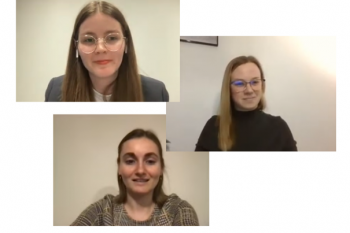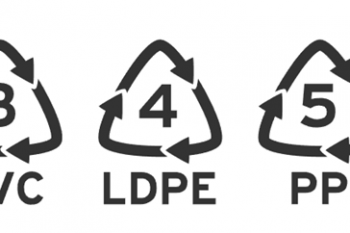© Pint of Science, 2025. Alle Rechte vorbehalten.
It’s Valentine’s Day. So naturally, I wanted to drop a little love here too. Despite its mixed origin stories, Valentine’s Day has gained quite a rep as THE DAY, if you will, to showcase your love for your significant other. Romantic love has been portrayed on- and off-screen as this all-consuming feeling you experience about your partner. But what is love? The answer to this age-old question still remains partly uncovered. However, we do know more than we did 30 years ago when Haddaway sang it.
To put it simply, love is a signature chemical cocktail constituting of mainly three ingredients – dopamine, serotonin and oxytocin (not quite what Beyoncé was talking about though). They are associated to the reward circuit in the brain and their release is usually linked to positive feelings, hence, also called the feel-good hormones. Some literature suggests that initial stages of love can borderline show behaviours related to obsession and obsessive disorder (Zeki, 2007). I believe this is what was going through Darcy’s brain when he said, “You have bewitched me body and soul, and I love, I love, I love you. And wish from this day forth never to be parted from you” (Wright, 2005).
So, can we measure this? There is a huge array of scientific and psychological literature that have tried to decipher the biology behind love and quantify it. For e.g. Langeslag and team have used methods like functional magnetic resonance imaging (fMRI) and event-related potentials (ERPs) to quantify and differentiate attention and affection people feel when presented with a stimulus related to their loved ones vs. an acquaintance (Sandra J.E. Langeslag, 2013). fMRI of the brain is essentially advanced brain photography using a magnetic field. It picks up minute changes in blood flow when a region of the brain is active. fMRIs are key to brain mapping and determination of function and structure. ERPs is a technique used to measure brain activity in response to a stimulus on a millisecond timescale (Sandra J.E. Langeslag, 2013). In our case, these produce data that shows us which regions in the brain are lit and how lit when you are feeling a lot of love. A study conducted by Song and team used similar methods to conclude that love-related architectural changes are possible (Hongwen Song, 2015).
I was intrigued by a review published recently which attempted to develop a comprehensive theory for platonic and non-platonic love alike. It took data and results from several psychological studies on different theories and came up with a new quadruple framework defined by four factors: 1) attraction, 2) connection 3) trust, and 4) respect. The author goes on to say that in a cycle of love with its ups and downs, if these factors are present, love can be found. As soon as they perish, love is lost. Psychometric data to prove these claims as well as its applicability to all forms of love is presently lacking (Tobore, 2020). Nevertheless, it shows us how much work we have put into understanding a concept so basic yet so complex.
This was rather an amateur take on the science of love, but I hope you at least gathered some pointers. If you want to dive deep into this, there is literature available from the 1980s. Professor Andrew Huberman also talks a great deal about love, emotions and social bonding in his podcast 'Huberman Lab'. And even if we don’t quite understand everything about love, here is to celebrating it every day!
Anju x
References:
Hongwen Song, Z. Z. (2015). Love-related changes in the brain: A resting-state functional magnetic resonance imaging study. Frontiers in Human Neuroscience .
Sandra J.E. Langeslag, P. M. (2013). Measuring romantic love: Psychometric properties of the infatuation and attachment scales. The Journal of Sex Research, 739-747.
Tobore, T. O. (2020). Towards a comprehensive theory of love: The quadruple theory . Frontiers in Psychology.
Wright, J. (Director). (2005). Pride and Prejudice [Motion Picture].
Zeki, S. (2007). The neurobiology of love. FEBS Letters.




